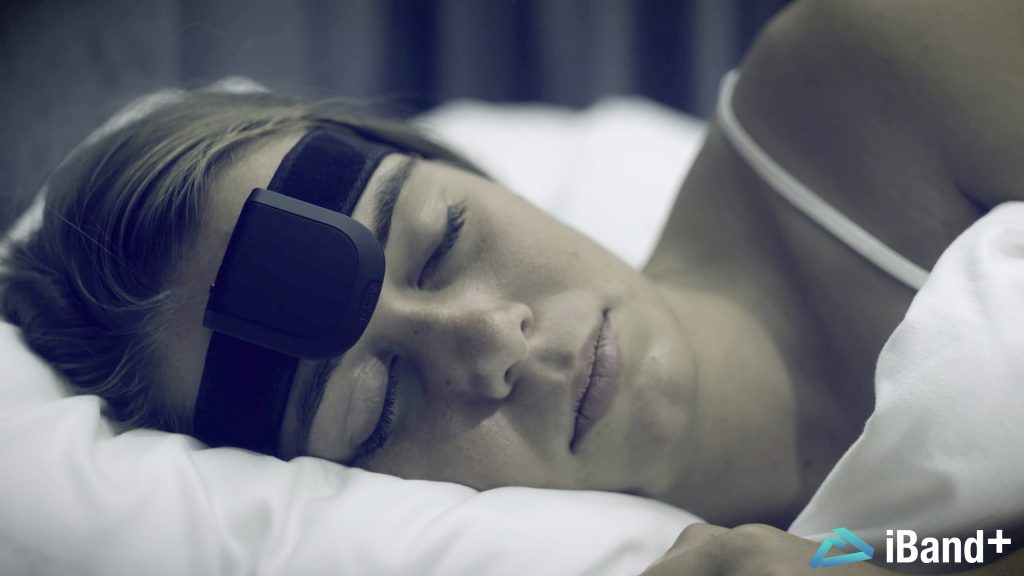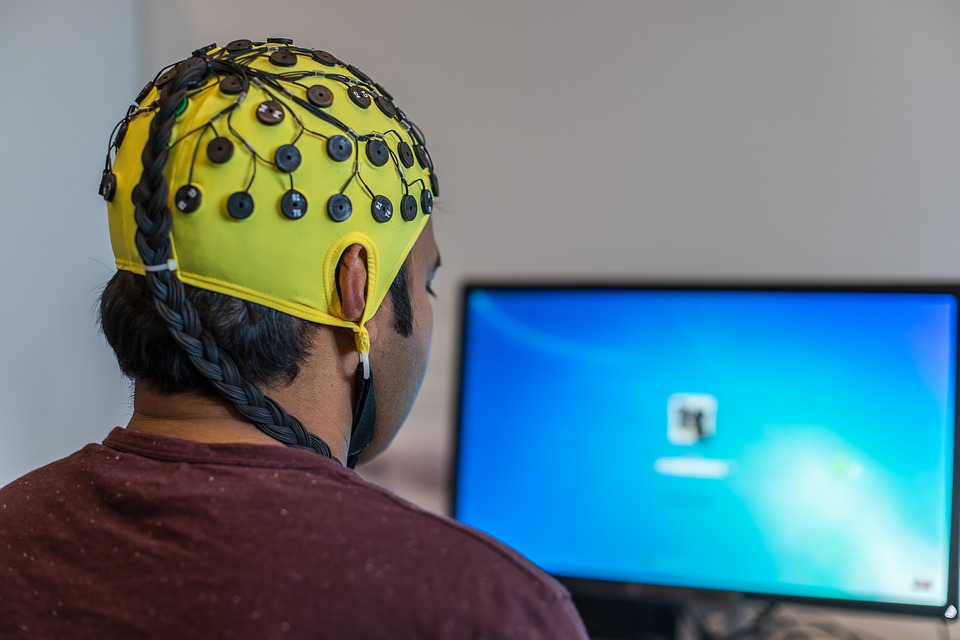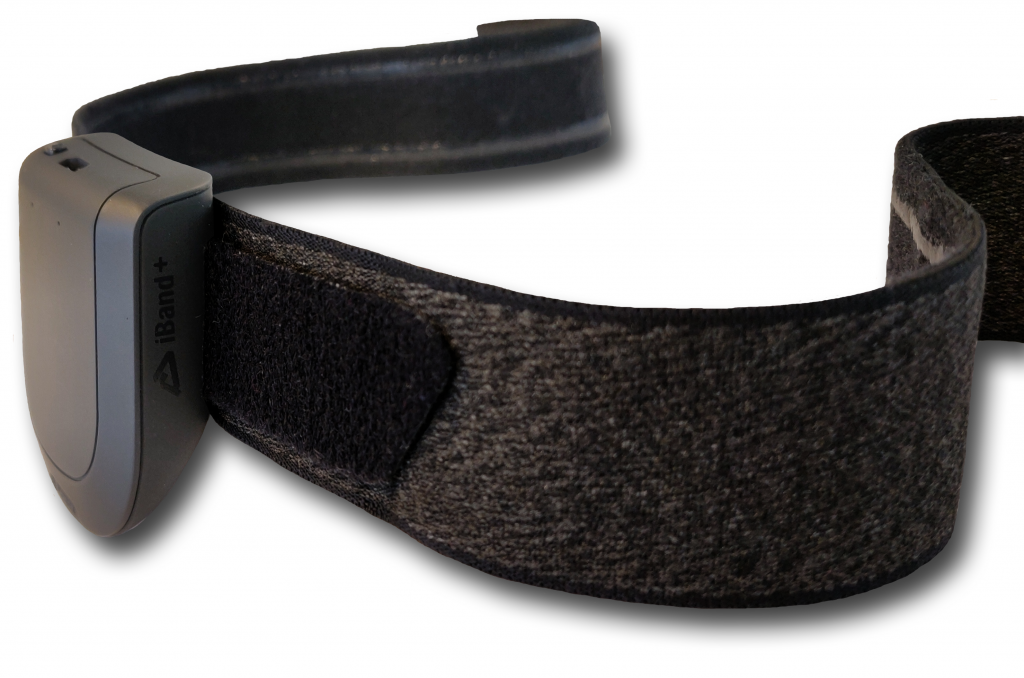This post is also available in Dutch.
What would you do if you were in control of your own dreams? With the help of widely available products for home use, more people can now enter the epic world of lucid dreams. Here is what you have to know about them.
Have you heard of lucid dreaming yet? Lucid dreaming is a very special stage of sleep. Not only do you dream, but you can also control its content and how you interact with it. Anything you can possibly imagine is suddenly possible!
In our previous blogs, we talked about the basics of lucid dreaming or why so many people are interested in exploring lucid dreaming for entertainment, self-improvement and even overcoming sleep disorders.But if you can’t wait to find out more about the products used to induce lucid dreaming, just keep reading!
When some want lucid dreams, others see it as an opportunity.
Now you might think: “Why do I need to buy something to dream lucidly?” Unfortunately, the majority of the population can’t achieve lucid dreams regularly. If you want to reach this sleep stage, you have to adopt strategies (the internet is full of them) and put in a lot of practice, which can be hard. That’s why companies have seized the opportunity to build a product that helps people reach that stage of lucid dreaming, and now several helpful tech products are available on the market. Here, we summarize the main functionalities of these products. This is done in collaboration with Samir and Purva Raut, the minds behind iBand+, one of the most recent sleep technology products available.
To start dreaming lucidly, let the tool give you a hint.
Lucid dreaming tech products have to fulfill this basic requirement: give the sleeping user a sign that they’re in the right phase of sleep. For that, these products are equipped with light and (sometimes) sound systems that emit stimuli as signals that the user is dreaming. Although the user is unconscious, the brain can still interpret these signals and, with practice, the user will know when the time to dream lucidly has arrived.
Person using iBand+ (left) and a demonstration of the LED lighting function provided by the product to induce lucid dreaming (right).
Left and right images courtesy of iBand+.
For better lucid dreaming, let the tool get to know you.
One of the challenges in the conception of these products is in determining which sleep stage the stimuli must be delivered. To induce lucid dreaming, the stimuli needs to be applied during REM (rapid eye movement) sleep, which is a very short phase of sleep during which you dream.
Some products come with functions that track the REM phase. Like in classic diagnostic procedures used for polysomnography, products record physiological signals such as brain waves using electroencephalography (EEG), or muscle activity using electromyography (EMG). Once the REM phase is detected, the system will apply the stimuli in due time.
Products using EMG rely on the fact that, during REM sleep, our eyes actually make many small fast movements which are detectable using this type of sensor. EEG does the same type of classification, but looks at brain patterns that are specific to REM sleep.
The makers of iBand+ opted for detection via EEG technology. The Donders Institute is currently working with iBand+ and its founders, Samir and Purva, in order to improve the methods used to induce sleep and lucid dreaming, so they can be used for therapy against sleep deprivation.
“The team eventually got to EEG-measurements to get to know more about sleep,” Samir explains. “An EEG-scan measures the electric differences in the brain via the scalp. Those differences can then be represented in a graph. During sleep, you can observe clear patterns that indicate in which stage you are: light, deep, very deep or REM-sleep. By measuring throughout the course of the night, we can see if our techniques are effective.”
Although current applications opting for indirect measures such as EMG may also do the trick, direct measures of brain activity provide results that are more reliable.
It’s not just about performance, it’s also about usability.
One thing that tech companies have invested in is the adaptation of physiological recording equipment to versions that are more ergonomic and easier to use. These products come in the form of eye masks or headbands, like the iBand+ wireless Bluetooth EEG headband (see image below). Compare the looks of the iBand+ with classical EEG assembly: Which of the two would you rather wear when you’re asleep?
An example of a more recent EEG headband available in the market (left) vs Classic EEG (right).
Left and right images courtesy of iBand+ and Pexels (CC0 1.0).
This is an example of how these technologies make clever use of classic physiological acquisition procedures by adapting them to easier and more comfortable forms of use. This is particularly important when it comes to sleep because there is no sleep without comfort. And that’s something potential buyers of these products have to take into account. So keep your needs in mind, as well as the budget you’re willing to spend… and enjoy your sweet lucid dreams.
Original language:
English
Author: João Guimarães
Buddy: Jeroen
Uleman
Editor: Christienne
Damatac
Translator: Wessel Hieselaar
Editor Translation: Floortje
Bouwkamp




